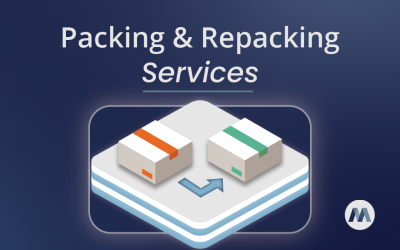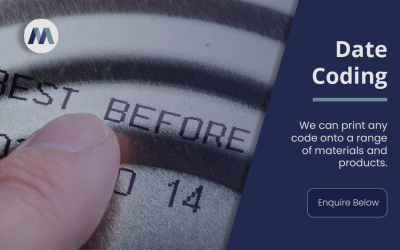News & Articles
Food waste: How microwave and blast freezing tech is tackling a global problem
Waste not, want not as the saying goes. But did you know that roughly one third of all food produced globally is lost or wasted?
In the UK, households account for most food that doesn’t get eaten (71%), followed by manufacturing where 17% of food is lost. The hospitality and food service sector sees 9% of its produce unused, followed by retail (2%), food waste in litter (1%) and wholesale (less than 1%).
Food waste – how can we reduce it?
Recent campaigns such as Love Food, Hate Waste, have raised the profile of food waste in the home. Whilst The Grocer’s Waste Not, Want Not has sought to highlight the issue for food manufacturers and retailers. But it’s important we all play our part in reducing the amount of food that gets wasted.
According to Wrap (Waste & Resources Action Programme), around 51% of food wasted at manufacture is avoidable – approximately £1.2bn of food.
The charity says the products below are most commonly lost in manufacture:
Technology and supply chain waste
From the invention of the home freezer to online grocery shopping, technology has transformed the way we eat. At the opposite end of the supply chain, pioneering technology continues to shape food manufacture – and in doing so, is making strong progress when it comes to tackling food waste.
The benefits of freezing food have been known for centuries. And whilst cold storage continues to be the industry’s most effective preservative, technological advancements have made the process more effective than ever. While there is no way to stop the clock on shelf life there are several ways to slow it and use the time that is available more effectively.
Blast freezing and microwave technology
Blast freezing is the process of pushing cold air at high velocity across a product in order to freeze it down to minus 18°C as quickly as possible while maintaining quality and preserving nutrients. It might be obvious, but the quicker a product reaches deep freeze temperatures the longer it will last when defrosted; increasing shelf life and decreasing waste.
It also means ingredients and production lines can be maximised to produce products in bulk – such as during seasonal harvests or calendar peaks. Products can then be quickly and safely stored, and called upon when required, safe in the knowledge that the resulting product will be almost indiscernible from fresh.
But what happens once a product is required? It must be ‘up-tempered’ to the required temperature ahead of its journey along the supply chain. Allowing a product to thaw traditionally is not only a slow process (a waste of time and shelf life) but it can also lead to food wastage issues such as drip loss – the loss in weight of a product during thawing.
At Rick Bestwick we’ve been tackling that issue with specialised constant loop microwaves which can up-temper a product from minus 18°C to minus 3°C in under 60 seconds. The process is particularly suited to meat, poultry, fish and diary: the top four products that most often go to waste.
Controlling food waste
Technologies such as blast freezing and microwaving are just some of the ways food manufacturers can tackle supply chain waste.
By giving our customers ever increasing abilities to control seasonal demand, quality, and peaks and troughs of production, we’re not only reducing waste, but also driving efficiencies. Additionally, the speed of the process benefits stock control, meaning a product could be in cold storage one day, and on the supermarket shelf the next.
The food industry is already making admirable progress to do everything in its power to cut food waste across the entire supply chain. And as always, innovation is key.
References:
1: Food and Agriculture Organization of the United Nations http://www.fao.org/save-food/resources/keyfindings/en/
2: Waste Resources Action Programme (page 2) http://www.wrap.org.uk/sites/files/wrap/Estimates_%20in_the_UK_Jan17.pdf
3: Waste Resources Action Programme (page 11) http://www.wrap.org.uk/sites/files/wrap/Estimates_%20in_the_UK_Jan17.pdf
News & Articles
Contract Packing & Repacking
Contract Packing At Magnavale we offer a variety of contract packing and repacking solutions from our UK facilities. Contract...
Date & Batch Code Printing
Date Coding & Batch Coding Date coding is one of many critical processes within food production. Best before and use-by dates...
Food Product Packaging – Sleeving
Product Sleeving with Magnavale Product sleeving refers to a band of paper or cardboard packaging that wraps around a product,...
Contact Us
Head Office:
Magnavale Ltd, Park Road,
Holmewood Industrial Park,
Chesterfield, S42 5UY


